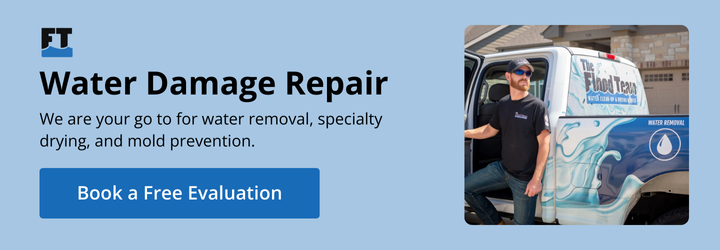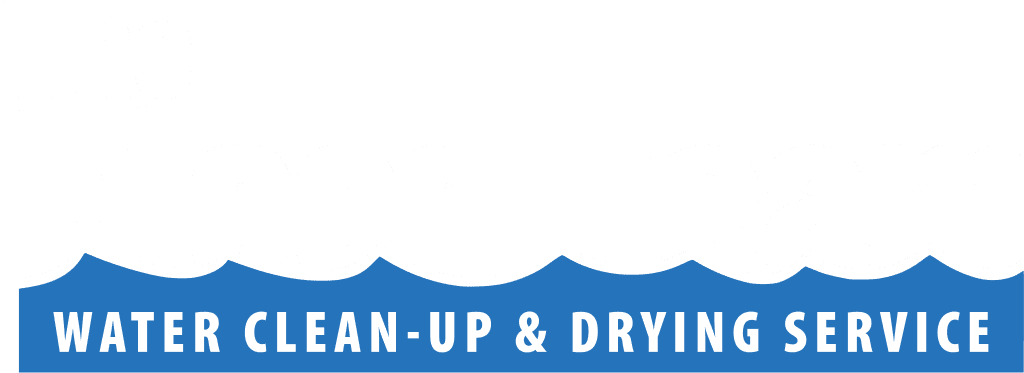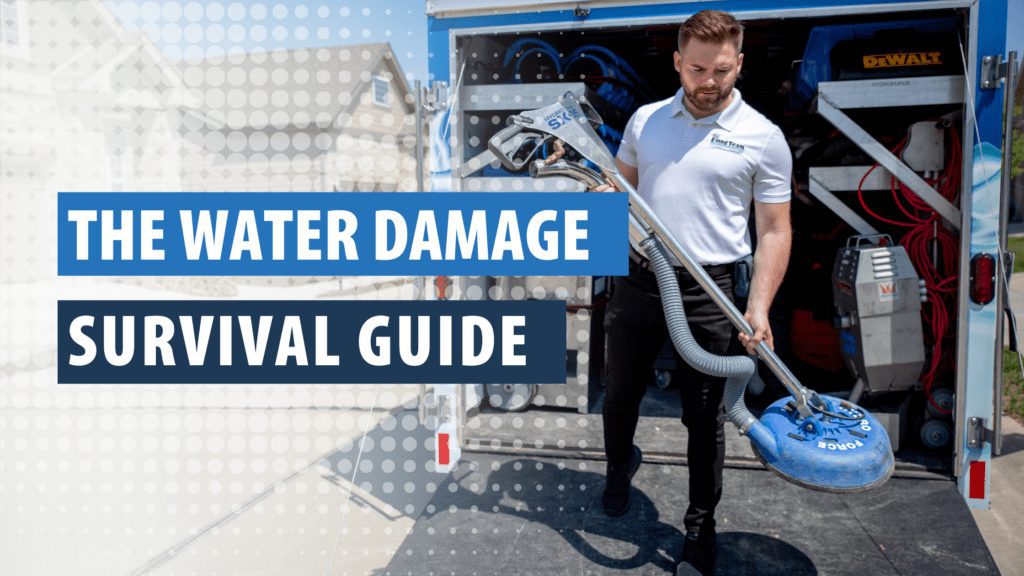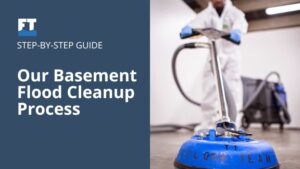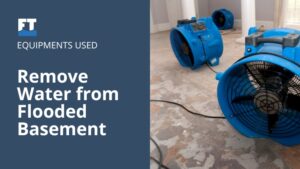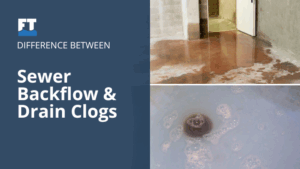Water, water everywhere, and all the boards do shrink.
Water damage can happen at any time. Many people think that a hurricane or a flood is the cause of most damage. But most damage from water comes from leaks in pipes and blocked gutters.
Water can soak through wood, plastic, and enamel. It can spread mold and bacteria through an entire house. It is costly and bothersome to repair water damage.
But you can survive it, with the right information. Here is the water damage survival guide.
Prepare Against Water Damage
You can start surviving water damage by preparing for it. Have a home inspector look through your house. You should inspect your drywall, pipes, and gutters on a regular basis.
Attend to the downspouts that connect to your gutters. Make sure the downspout has an elbow, projecting water away from your walls. Install an extension that runs at least two feet from your house.
Fill in any gaps and cracks in your caulking. Pay close attention to the tops of your window casings, as water accumulates there often.
Inspect your roof and replace any damaged shingles. While you’re on your roof, clean out your gutters so water doesn’t pool in them.
Floods and hurricanes do not occur often, but when they do, they cause extensive water damage. Buy sandbags and place them around your house. Prepare an evacuation plan that everyone in your house knows about.
Find the Cause of Water Damage
Water damage may not always be apparent. Even if a home seems dry, leaks in your house may be occurring.
Common warning signs of water damage include humidity, unpleasant odors, and dripping noises. When you notice signs of water damage, take notes on where you noticed them. Then you can start to determine what the causes are.
Leaking roofs tend to affect the rooms directly beneath the roof. Water runs down walls and pools in window casings. Water can run into the lower floors, which requires repairs to the roof and ceilings.
Broken pipes can damage homes through dripping leaks and massive gushes. If you notice signs of damage and your pipes aren’t working, you probably have broken pipes.
Air conditioning units can condense water. The water then penetrates into walls, windows, and floors. If you notice water damage around your AC units, you may have a malfunctioning unit.
Determine Water Pollution
Not all water is alike. The Institute of Inspection, Cleaning, and Restoration Certification defines three different kinds of water contamination.
Category 1 water comes from a sanitary source. It poses a low risk of dangerous microorganisms. This kind of water comes from water supply lines, tub and sink overflows and melting ice.
Category 2 water can contain unsafe levels of microorganisms. This water can cause sickness if a person touches or swallows it. Category 2 water includes water from washing machines and overflows from toilets with urine in them.
Category 3 is very contaminated. This water will cause adverse reactions if someone touches or swallows it. Category 3 water includes sewage, seawater, and wind-driven rain from natural disasters.
It is very important for you to determine if the water in your home is polluted. Avoid touching the water, even if it is in Category 1. Wear protective gear like rubber gloves and face masks if you are going near the water.
Determine the Amount of Damage
The IICRC also classifies types of water damage. Class 1 involves the least amount of damage. Water has not penetrated into the walls or flooring, and wood and plaster show few signs of absorbing water.
Class 2 involves a significant amount of water absorption. Wet and porous materials like carpeting have absorbed water across some surface areas. Less absorbent materials show few signs of damage.
Class 3 involves a higher amount of water absorption. Wet materials fill most of the surface area and have absorbed a lot of water. Most non-absorbent materials have resisted damage.
Class 4 involves flooded rooms. Non-absorbent materials have absorbed water. Damage is complex and very expensive to resolve.
Black mold can spread through any amount of water. Bugs are also attracted to moisture, and they can spread through a house after any class of water damage. Be alert and figure out where the damage is and how much you have.
How to Fix Water Damage
Respond to water damage as soon as it occurs. Turn off electricity throughout your home. Stop the leak at the source if you can, and remove any possessions from the surrounding area.
Take photos and videos of the damage. Contact a repair company, then contact your insurance company. Give them the information on where the leak is, how polluted the water is, and how much damage there is.
Restoration services can dry carpets, replace drywall, and fix structural damage. They can repair pipes and patch holes in the roofing. They may need to deep clean your floors and walls, which may take time.
You will not be able to return to your house for some time. The repair company needs to remove standing water, clean flooring, and salvage damaged goods. Be prepared to wait, and remain in contact with your loved ones.
You can play a role by drying out your home. Open windows and buy fans to circulate air. Remove wet objects and find other objects that absorb moisture.
Go to the Experts
You can start surviving water damage by staying smart about water damage. It can occur at any time, so inspect your house and keep your pipes and roofing up-to-date.
Learn the common signs of water damage, and note where they occur. Determine how your water is polluted and how much damage you have. Fix damage by documenting it and calling a repair company.
Go to the experts when you need help. The Flood Team has decades of experience in preventing and repairing water damage. Contact us today, or call us at 833-424-0044.
